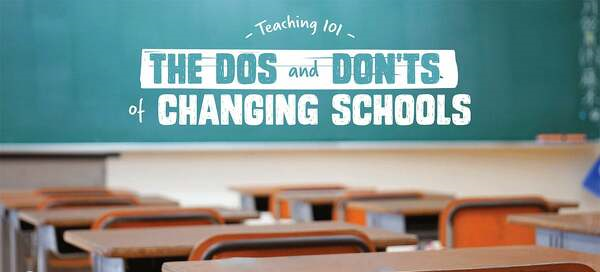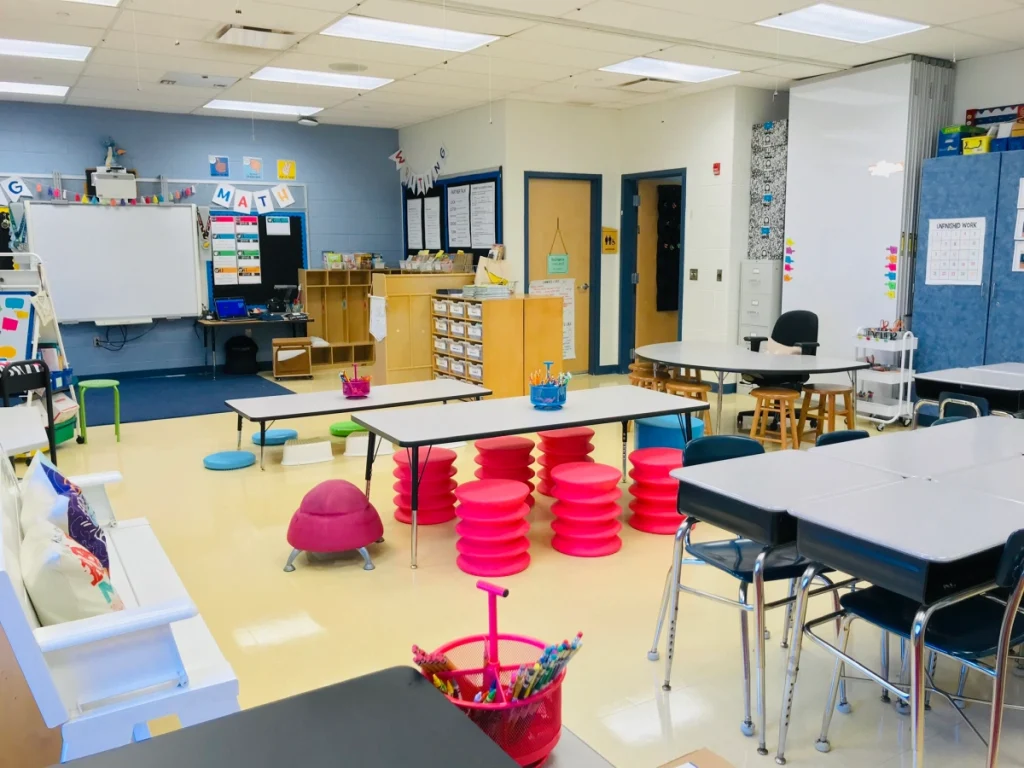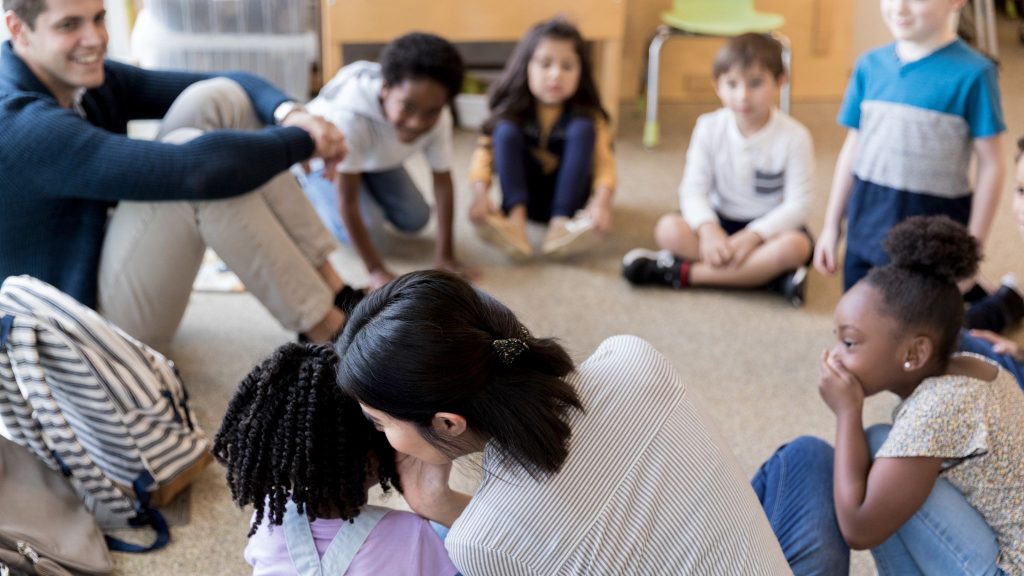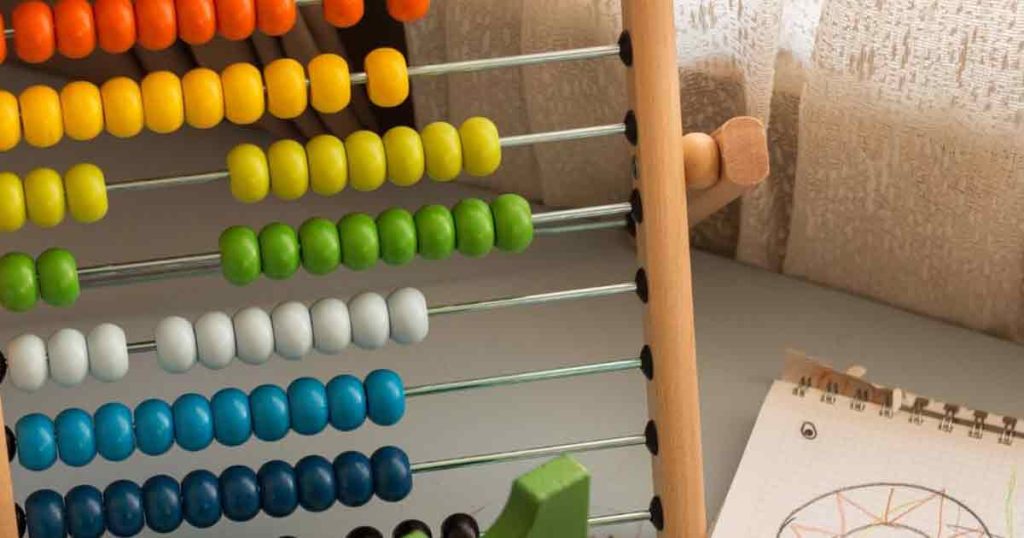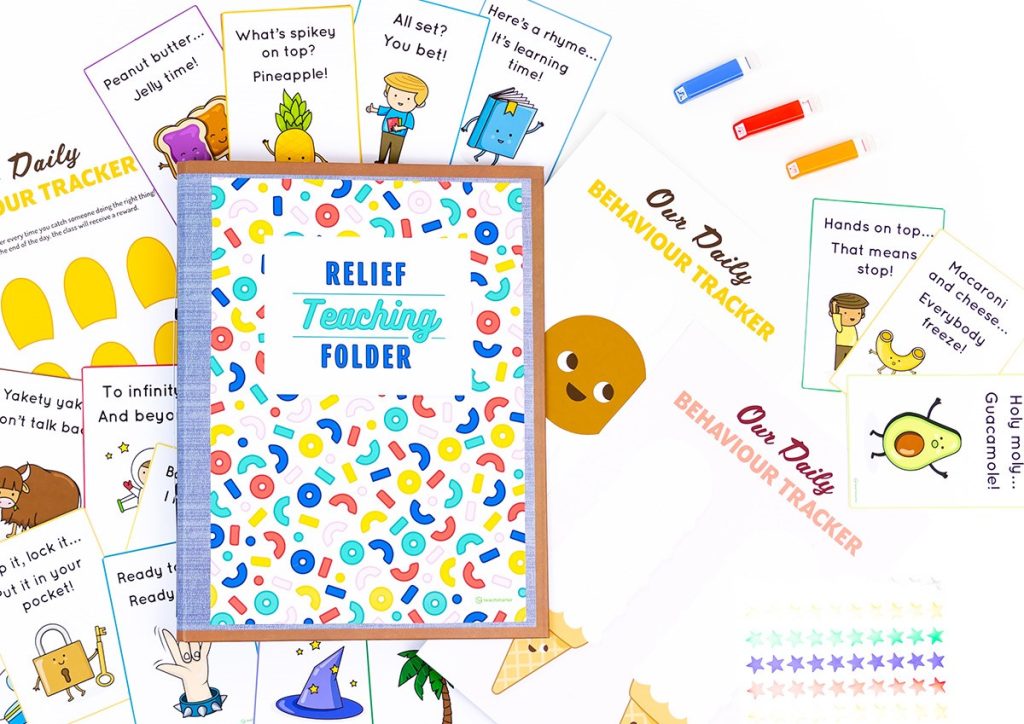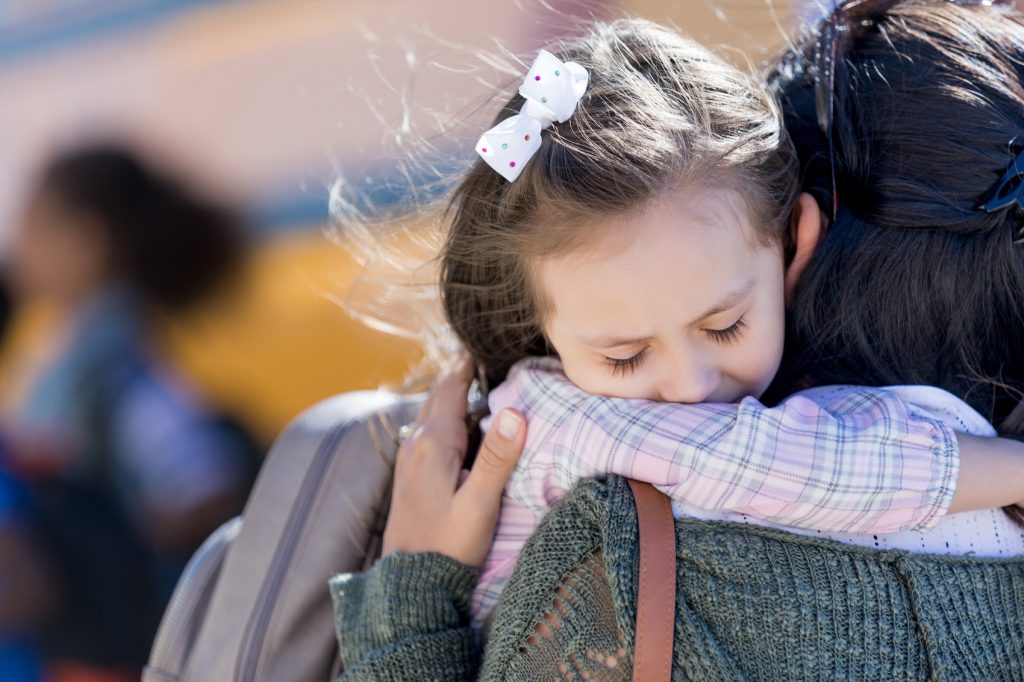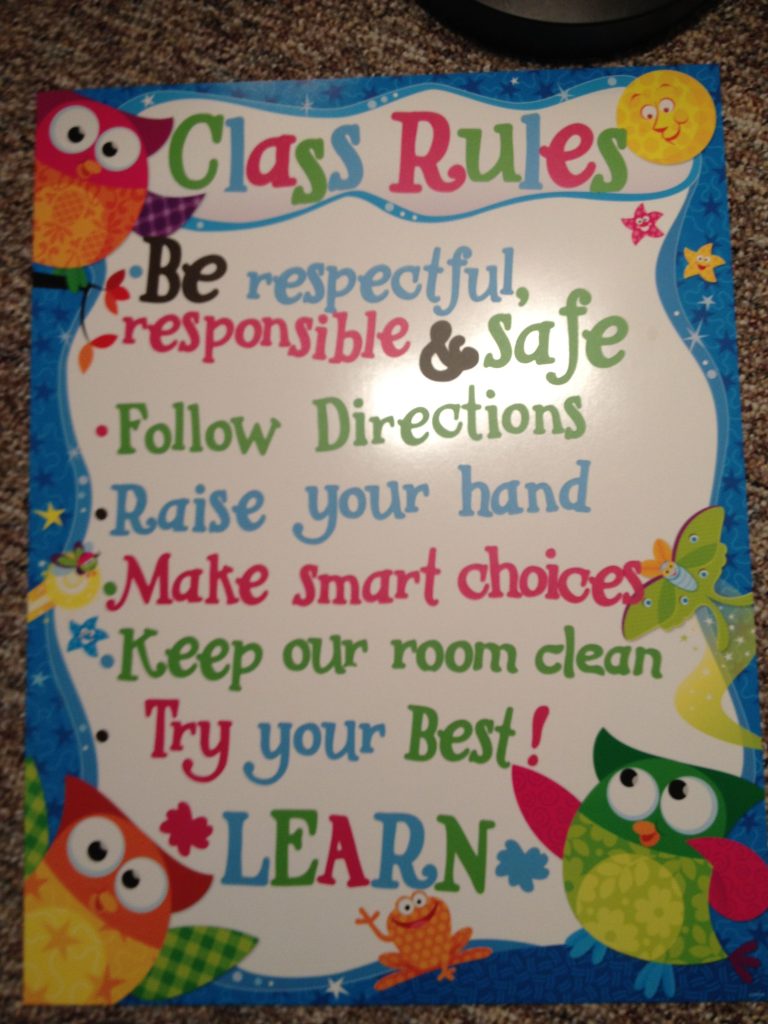Teaching is a vocation that demands adaptability and resilience, especially when transitioning to a new school. To ensure a smooth changeover and maintain the focus on student achievement, educators should take heed of several do’s and don’ts.
Do’s:
1. Research Your New Environment: Before stepping foot in your new school, do some homework. Understand the community, the school’s culture, student demographics, and educational philosophy. This knowledge will help you to connect with your new students more quickly.
2. Reach Out to Colleagues: Building relationships early on with other teachers and staff can provide you with a support network. They can offer inside knowledge and tips specific to your new environment that can be invaluable.
3. Be Open to New Methods: Each school might have its unique approach or methods. Be open-minded and willing to adapt your teaching style to meet the needs of your new students while staying true to effective pedagogical principles.
4. Maintain Clear Communication: Clearly communicate with parents and guardians from the start. Establishing trust and transparency can go a long way in transitioning smoothly into a new school community.
5. Stay Organized: Keep yourself organized as you adjust to the new curriculum, schedules, and administrative duties. This will help reduce stress and increase your effectiveness in the classroom.
6. Seek Feedback: Don’t hesitate to ask for feedback from peers, mentors, or even students regarding how well you’re fitting in or what could be improved in your teaching methods within the new settings.
Don’ts:
1. Don’t Assume a ‘One Size Fits All’ Approach Will Work: Just because certain strategies worked at your previous school doesn’t mean they’ll be successful here. Be prepared to tailor your teaching methods to address the needs of your diverse learners.
2. Don’t Criticize Previous Teachers or Systems: Avoid comparing your old school with the new negatively in front of colleagues or students. It’s crucial not be seen as dismissive of the existing ways before understanding them fully.
3. Don’t Overcommit: In an eagerness to make an impact, sometimes teachers take on too many responsibilities at once which can lead to burnout.
4. Don’t Neglect Self-Care: Amidst the challenges of moving and adjusting to a new milieu, don’t forget to care for yourself both mentally and physically.
5. Don’t Isolate Yourself: It may feel overwhelming at first, but don’t isolate yourself from the school community; be visible and available.
6. Don’t Ignore School Policies: Each school has its own set of policies and procedures; it’s important not to overlook these, assuming they are similar everywhere.
By following these do’s and don’ts, teachers changing schools can ensure they make positive contributions right from the start while also fostering their own professional growth in their new setting.
